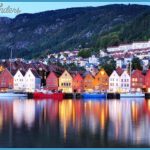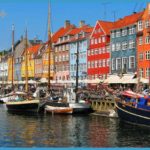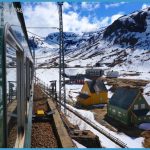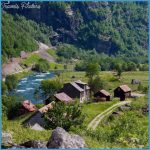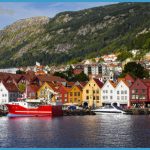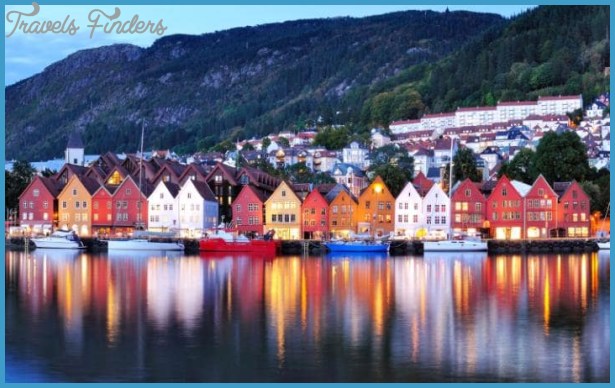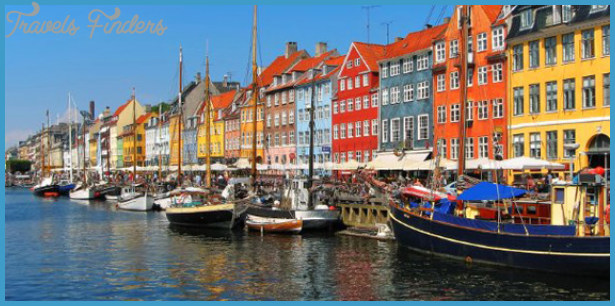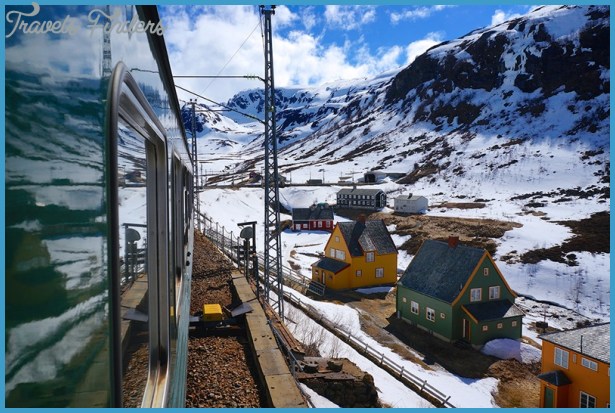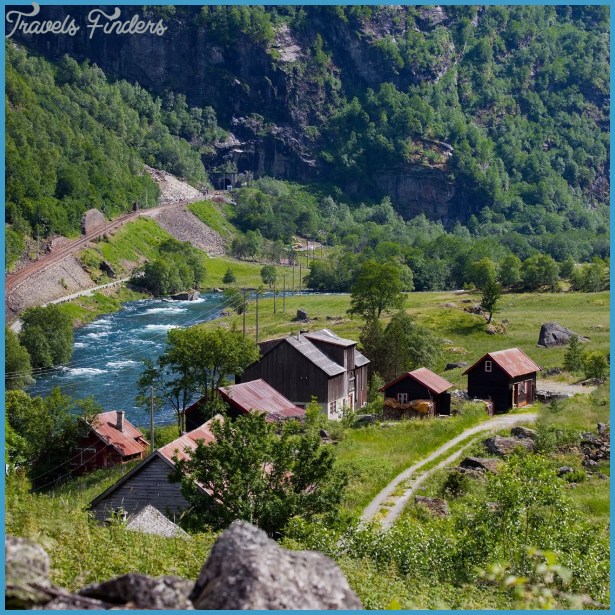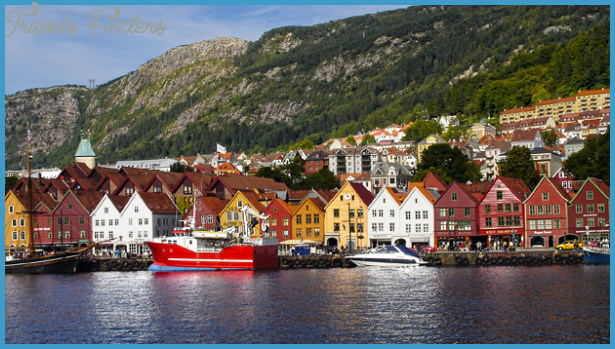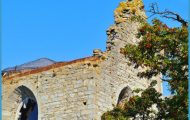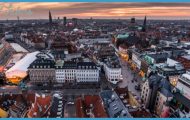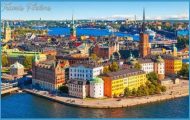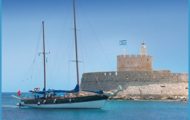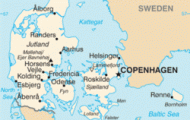In Norway the most important elements in the road system are the numbered national highways (riksveg), the stretches of motorway or expressway (motorveg) around some of the larger towns and the numbered county or provincial roads (fylkesveg). In the mountains of southern Norway and on the rocky shores of the fjords, the roads are often narrow, winding and poorly guarded. In these areas, a high standard of driving skill, careful observance ofthe rules ofthe road and constant caution are essential. When two vehicles meet, the one going uphill always has priority. Some mountain roads have an alternating one-way system. This region is mainly unsuitable for large vehicles, camper vehicles or caravans. If there has been heavy snow during the winter some sections of mountain roads may not be completely open until June.
In Finland, the numbered main roads are divided into first- and second-class roads (valtatie and kantatie)’, national highways or trunk roads are indicated by numbers on a red background. Around some ofthe larger towns are stretches of motorway or expressway (moottoritie). Some minor roads and roads north ofthe Arctic Circle have surfaces of sand, grit or oil-bound gravel. Most roads, however, are wide enough to permit easy passing. In the north ofthe country, with its long winter, the roads are often not open until the middle of June.
This sign, frequently seen on the roads of the Scandinavian countries, indicates some sight or feature of particular interest.
Driving in Scandinavia. As in the rest of continental Europe, traffic travels on the right, with passing on the left. At junctions and intersections the car coming from the right has priority. In Denmark, Sweden and Finland parking is prohibited on all main roads which are marked as having priority. In Sweden all vehicles must drive with dipped headlights (lowbeams), even in daylight, and in Finland this is also compulsory, from 1 September to 30 April, outside built-up areas. The use of a warning triangle is compulsory in Norway and Denmark. In Norway and Sweden it is recommended that children do not occupy the front seats of vehicles. Visiting motorists are required to carry a spare set of light bulbs in Norway. It is forbidden to carry cans of petrol in your vehicle while driving in Finland. The use ofthe horn should be kept to a minimum in towns. Trams always have priority. Rear fog-lights must not be used. In all the Scandinavian countries seat-belts must be worn and there are severe penalties for driving under the influence of alcohol.
The usual international traffic signs are in use in all four countries, but there are a number of signs not found elsewhere (e.g. a white M on a blue background to indicate a passing area on a narrow road; or Al Indkgrsel forbudt=No entry). Leaflets illustrating the traffic signs in use can be obtained from the motoring organisations.
Spiked or studded tires may be used in Scandinavia during the winter in Denmark, from 1 October to 30 April, in Norway, from 15 October to 30 April, in Sweden, from 1 October to 30 April and in Finland, from 1 6 October to 15 April in southern and central Finland and 1 Octoberto 30 April in northern Finland.

